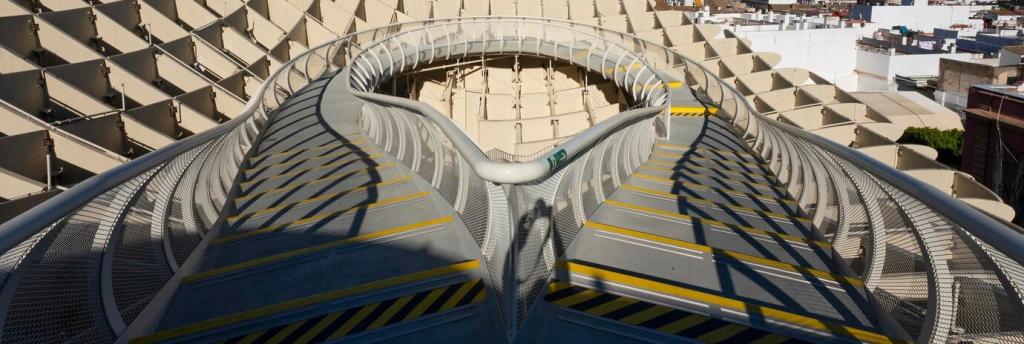The Role of Technology in Shaping Eco-Friendly Cities
As urban populations swell, cities face mounting pressures to balance rapid growth with environmental responsibility. Today, technological innovation lies at the heart of this transformation, offering solutions that reimagine traditional urban systems and infrastructures. By integrating smart technologies, cities are leveraging connectivity, data analytics, and automation to reduce their ecological footprint while promoting a higher quality of life for their residents. This page explores the multifaceted relationship between technology and sustainable urban development, highlighting how progressive tools and strategies are turning eco-friendly ambitions into everyday realities.


Smart Infrastructure for Sustainable Urban Living
Energy-efficient buildings represent a pioneering approach to reducing urban energy consumption and emissions. By incorporating smart sensors, energy management software, and high-performance materials, these structures monitor and adjust heating, ventilation, lighting, and air conditioning in real time. The automation of these features not only lowers energy demand but also ensures that residents and workers enjoy optimal comfort. Innovations such as green roofs, solar panels, and intelligent window glazing further enhance a building’s environmental credentials by minimizing heat loss and promoting renewable resource integration. Together, these advancements play a pivotal role in transitioning cities toward net-zero goals.
Data-Driven Environmental Monitoring
Air Quality Sensors and Analytics
Deploying air quality sensors throughout a city creates a detailed, real-time map of pollutant concentrations and environmental health. These sensors track particulate matter, nitrogen oxides, ozone, and volatile organic compounds, transmitting this information to centralized platforms. Advanced analytics then translate raw data into actionable insights, such as identifying pollution hotspots, evaluating progress against air quality targets, and predicting periods of high risk. By making this information available to the public and integrating it with urban planning, cities can implement timely interventions that protect residents’ health and reduce emissions at their source.
Advanced Waste Tracking
Technological advances in waste management are moving cities closer to the ideal of a circular economy. Radio-frequency identification (RFID) tags and smart bins now enable authorities to monitor collection routes, recycling rates, and waste composition with unprecedented precision. Mobile apps inform residents of collection schedules, reward participation in recycling programs, and flag contamination. These data-driven insights help cities optimize collection services, reduce costs, and maximize material recovery. In addition, real-time alerts make it possible to intervene quickly in cases of illegal dumping or hazardous waste disposal, preventing negative impacts on urban ecosystems.
Urban Heat Mapping
As climate change intensifies, cities must combat the urban heat island effect, where dense built environments retain excess warmth. Urban heat mapping employs satellite imagery, aerial drones, and ground sensors to measure temperature variations at street and neighborhood levels. The resulting data makes it possible to pinpoint overheating hotspots and guide targeted greening efforts, such as planting trees or retrofitting roofs with reflective materials. City planners use thermal maps to prioritize investments in cooling infrastructure, design more breathable urban layouts, and protect vulnerable populations from heat stress. By leveraging technology, cities can create cooler, healthier, and more resilient environments.
Participatory urban planning platforms harness the power of cloud computing and mobile apps to gather input from a broad cross-section of the public. By visualizing proposed developments, green zones, and infrastructural changes through interactive maps and simulations, these tools encourage feedback and foster inclusivity. Residents can voice concerns, submit suggestions, and participate in voting, leading to more transparent decision-making. Such platforms help bridge the gap between city officials and communities, ensuring that urban growth aligns with both ecological objectives and the lived experiences of inhabitants.

